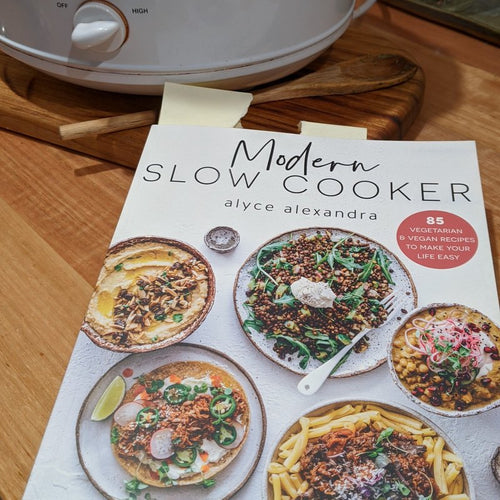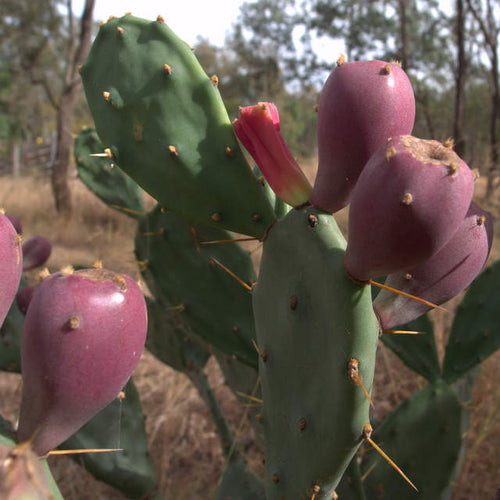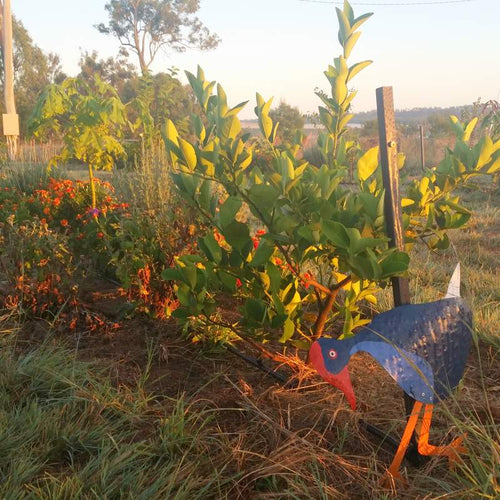Cooking with the sun!
I can't remember when I first came across the idea of using a solar cooker. Maybe in Grass Roots magazine or a prepping blog. I do know it has been on my list for a long time. I had seriously considered making a solar cooker at one stage, and had even researched how to use the unwanted satellite dish that came with our secondhand house, and then I started to make a box-style solar cooker with some bits and pieces from the house including the bathroom mirror!
I was never quite convinced that my design was going to work though, so I was reluctant to continue investing time and money in these efforts. I had also researched the models available for purchase and had decided that they were "too expensive", so there I was with no solar cooker, but a definite interest in using the sun to cook and dehydrate food.

Why use a solar cooker?
Our sub-tropical climate brings with it ridiculously hot summer days. And each 30degC plus day that I endured, reminded me that I could be harnessing this solar energy to cook my food! One of the permaculture principles is Use and Value Renewable Resources and of course the sun is the ultimate renewable energy resource. We have designed our house to use the sun's energy in winter and we are planning to get solar panels and solar hot water heating very soon. We already have a solar bore pump. Why not also use the sun for cooking?
Apart from a free and non-polluting source of heat energy, the other advantage is that you can cook outside and not heat up the kitchen (or attract flies into the house). I already tend to use our Weber BBQ or slow cooker rather than the oven on hot days, but this would be even better for keeping the heat and flies outside.
You will also find a lot of information about solar cooking on prepping and off-grid living blogs. I'm not a prepper as such, but we do sometimes have days with no power, and while the BBQ is always an option, it doesn't hurt to have multiple ways to cook if SHTF or TEOTWAWKI was to happen as BBQ gas does run out eventually!
I bought myself a solar cooker!
Well the solar cooker didn't get any cheaper, but I finally decided that I was never going to finish building and testing the prototype I was working on and meanwhile I was wasting all that solar energy every summer, so on a very hot day a few weeks ago, finally ordered myself a Sun Oven. (You can find out more on their website here - not an affiliate link).
Our options for solar cookers are surprisingly limited in Australia considering the amount of sunshine available! This model is made in the USA and seems very popular there, it has good reviews and while it is not cheap, I hope that I have bought a quality product that will last for a long time.
What to look for in a solar cooker
From my research when I was thinking about making my own cooker, I discovered some key design points to look for in a box solar cooker:
- The box must be insulated to hold the heat
- The lid of the box must be clear (glass or perspex) and must seal to hold the heat
- The angle of the box and/or reflectors must be adjustable to match the angle of the sun for maximum heating
You can also get parabolic solar cookers that work by concentrating the sun's energy into a beam that is aimed at the cooking vessel. For a full list and comparison of different types of solar cookers, see this link.
What can you cook in a solar cooker?
From what I have read, you can pretty much cook anything in a solar cooker that you would cook in an oven. So far I have found that the cooker is capable of temperatures of 100 - 180 degC. It is more suited to recipes that need long slow cooking, such as casseroles, curries, pot roasts etc, however people also back bread and fry bacon in solar cookers.
I ordered the cookbook with the Sun Oven, but it was probably not worth ordering because there are plenty of good recipes online. It is all in Freedom units rather than degC and very American style food which I probably won't cook. The Sun Oven also came with a CD of recipes, so there is plenty of information without needing the additional book. It is good to consult some recipes while getting started as solar cooking requires less liquid, however most recipes can be easily adapted.
What containers do you use in the solar cooker?
It is recommended to use light-weight black containers for use in the solar cooker so I ordered the stacking pots as well. The challenge with the solar cooker is fitting everything into the space, so the stacking pots are useful. Its best to use black as it absorbs sunlight rather than reflecting. If you don't have black pots, you can cover any shiny surfaces with a black cloth.
What do you think of solar cooking so far?
I couldn't wait to try my solar cooker! So the first weekend, I decided to start with a simple recipe while I was getting to know my Sun Oven (rather than ruin an entire roast beef!). After wiping out the inside and removing the protective film from the reflectors, I set up the Sun Oven on a table (some people put in on the ground, but dogs were very interested, so I thought a table was wise). I started with potato in one pot and carrot and onions in another pot, I didn't want to start with meat in case it didn't work out.
The oven was up to 180degC in no time, but I had not picked the best day, as it then became overcast and we had a storm a few hours later. Surprisingly, the oven stayed around 60-80degC and the vegetables eventually cooked.
The next weekend I set up earlier in the day, but it was very windy and the Sun Oven blew off the table (the reflectors are like sails!), fortunately I hadn't put any food in it yet. I set it up again on the ground with some weights to hold it down. This time I cooked a casserole (I pre-heated and browned the meat on the gas stove first) and more potatoes. I was able to use my casserole pot and one of the stacking pots in the Sun Oven. Both were cooked when I removed the pots at 4pm, the Sun Oven was at 100degC every time I checked it.

I had thought that it would be convenient to set up the Sun Oven in the morning, go do some work on the farm during the day and come back to dinner cooked.... however, you do need to adjust it every 30-60 minutes as the sun moves to get full temperature, so while you don't need to check the food, you do need to check the oven.
Apart from that, I have been surprised by the temperature that could be achieved and keen to try some more recipes. Especially when we have another heat wave. Also I think there is some potential to use the Sun Oven as a solar dehydrator.
Have you tried a solar cooker? Do you have any questions for me as I continue to learn more about it?
























to Chris: no not $700, that would be the one in America, to buy it in Australia it’s over $2100 !!!!
Linda the pots are enamel, I avoid teflon too!
What are the stacking pots lined with? Is it some kind of Teflon? Looks like an amazing piece of kit aside from the pots….
Liz, I did look into those ovens a couple of years ago but they were too expensive. Isn’t it amazing that we don’t have more choice here in Australia with all of our sunshine available? I am sure you will love experimenting.
Ouch! I just looked up the price. You would have spent over $700. Totally worth it, if you get the use out of it. I’m the same as you, thought about cooking with the sun for ages, contemplated designs, etc, but just haven’t gotten my butt into gear to do anything about it. I was toying with buying a sun oven, so this review was good. After seeing the price though, I think I may just try and build something myself, lol. Look forward to hearing more of your cooking adventures.
Leave a comment